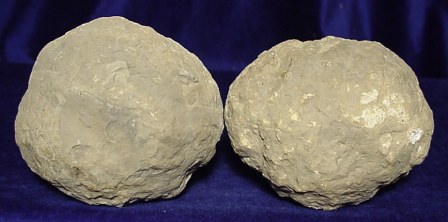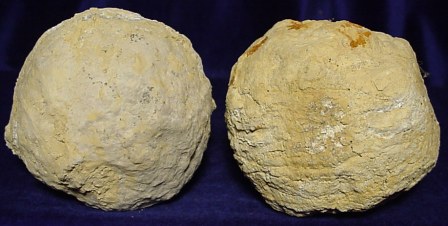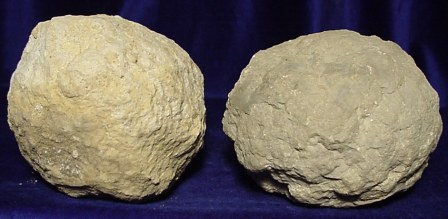Integrating Geodes into the Classroom - The
Geode Gallery
The main focus of this page is to provide teachers and home
schoolers with
various geode selections that can be used during rock/mineral
or other science lessons. If you are a teacher, feel free to browse our
selections below and use the information provided in your classrooms. If
you have other ideas where geodes are useful in your classroom and are not
presented here, please contact us.
-----------------------------------------------------------------------------------------------------------------------------------------------------------------
Understanding DENSITY:
(Subjects covered: Science, Math) What is
density? Density is defined as the mass per unit volume of a substance.
Substances with different compositions have different densities (gold versus
silver), and understanding the differences in density between two substances can
prove beneficial. For example, gold plated silver has a different density
than pure gold, but the two objects can look the same on the outside.
Likewise, cold air is more dense than warm air, thus warm air rises because it
has less density while cold air sinks. For the purposes of this page, a
hollow (air filled) geode is less dense than a no-cavity, solid (quartz filled)
geode, and therefore it is possible to determine a hollow geode from a solid
geode not only by feel but by calculating the density.
The standard scientific formula to calculate density is:
(ῥ = m/v)
where
ῥ = density
(grams/m3 - Greek symbol "ro"),
m = mass
(grams), v = volume (cubic meter or m3)
By measuring the mass (grams) and volume (m3) of
a hollow geode versus a solid geode, the density can be calculated. You
will need the following items in order to do this:
-Mass Scale (measures in grams)
-Ruler (measures in centimeters or millimeters)
-Hollow Round Geode (see below)
-Solid Round Geode (see below)
-Calculator (optional)
Calculating the density of a hollow versus solid geode will
allow your students or child to have a "hands on" approach to a real life
example of understanding the importance of density. It will also allow
them to apply some of their basic math/algebra and conversion skills at the same time!
-----------------------------------------------------------------------------------------------------------------------------------------------------------------
Density Geode Sets
Below we are offering sets of geodes (one hollow lined with
quartz crystals and one with no cavity (completely filled with quartz)).
With your order we will provide the two geodes ordered, an information card
about where the geodes came from and a theory on how they formed, and a complete
worksheet that calculates the density of each geode in the set. We will
also include a geode opening instruction sheet if you wish to open the geodes
after completing your lesson. You are
welcome to use the worksheet in your lesson.
|
#KGD 01: Geode
Density Set # 1: Each geode is approximately 3.25 inches in diameter.
The geodes were both collected near Keokuk, Iowa. Price for the set is
$10.00 plus shipping.
sold |
|
#KGD 02: Geode
Density Set # 2: Each geode is approximately 3.4 inches in diameter.
The geodes were both collected near Keokuk, Iowa. Price for the set is
$15.00 plus shipping. |
|

Hollow Geode Weight: 12.5 ounces (0.78
pounds)
Solid Geode Weight: 1 lb. 4.5 ounces (1.28 pounds) |
|

Hollow Geode Weight: 1 lb. 4 ounces (1.25
pounds)
Solid Geode Weight: 1 lb. 10 ounces (1.63 pounds)
sold |
|
#KGD 03: Geode
Density Set # 3: Each geode is approximately 4 inches in diameter.
The geodes were both collected near Keokuk, Iowa. Price for the set is
$20.00 plus shipping.
sold |
|
More density sets coming in the next
few weeks |
|

Hollow Geode Weight: 1 lb. 13.5 ounces (1.84
pounds)
Solid Geode Weight: 2 lb. 8.5 ounces (2.53 pounds) |
|
|
Proceed To The Break Your Own Geodes Page
Return To The Geode Gallery Homepage